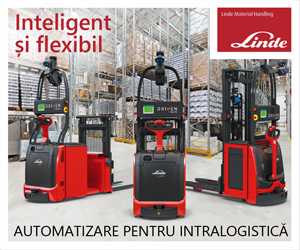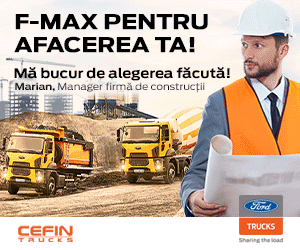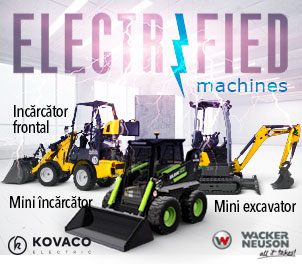PERI formwork and scaffolding for the highest skyscraper in Europe
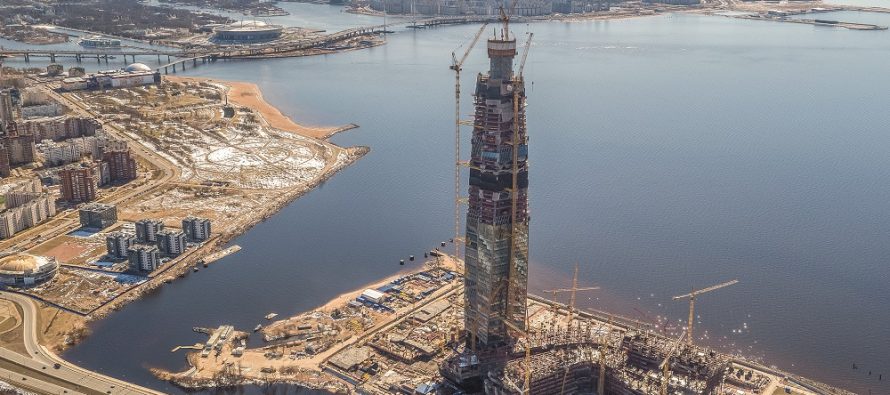
Related Articles
With its very impressive architecture, the Lakhta Center is the new highlight of Saint Petersburg. Eventually rising to a height of 462 m, the multi-storey building in the centre of the complex will not just surpass all other structures in Russia when it is completed. Rather, the high-rise building on the Finnish Jade Bight will be the tallest building in Europe. Faced with numerous formwork and scaffolding challenges, PERI has been providing the contractor with expert support throughout the project – from formwork solutions for the record-breaking foundations through to complex shoring arrangements.
From the end of 2018, the Lakhta Center, with its usable floor space of around 400,000 m², will be the largest business centre in Saint Petersburg. The main structures are the high-rise office building and an impressive multi-functional building. Furthermore, the complex also features a hotel, a science world for children, sport and recreational areas and many other public facilities. The multi-storey office building – which will serve as the future headquarters of the energy company Gazprom – will be the tallest building in Europe having a total of 87 floors and reaching a height of 462 m.
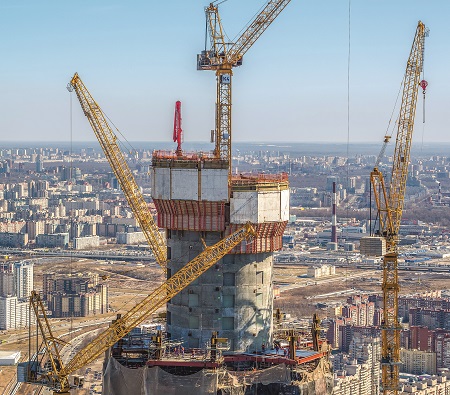 The foundations: entry in the Guinness Book of Records
The foundations: entry in the Guinness Book of Records
The special requirements for the foundations could not be met with a massive bottom slab which meant that a project-specific special solution was developed. As a result, the structure would then be positioned on 264 piles that reached a depth of 82 m. In addition, the foundations were constructed in the form of a five-cornered box – with a footprint of 5,600 m² and a height of 16.50 m. From the inner circular core, ten stiffening shear walls extend radially to the five external walls; these shear walls in the form of double T-girders connect the two horizontal slabs to create a gigantic, load-bearing box. When concreting the foundations in March 2015, the construction site team set a new world record. This operation entered the Guinness Book of Records as the biggest continuous concrete pour ever carried out. In the process, 19,624 m³ of concrete was installed.
The foundation work proved to be very complex whereby PERI application technology from Russia was used to develop the formwork solution for the foundation walls. With a comprehensive concept based on the DOMINO Panel Formwork, the PERI specialists were able to optimally fulfil the most important requirements of the contractor: the relatively lightweight wall formwork elements could be installed and moved by hand so that crane requirements were kept to an absolute minimum. At the same time, the required high fresh concrete pressure could be transferred with the formwork.
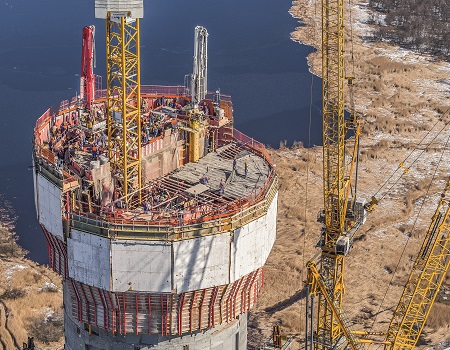 The tower: the future highest building in Europe
The tower: the future highest building in Europe
The centrepiece of the Lakhta complex is the high-rise structure which spirals elegantly upwards into the sky. Engineers from PERI Russia worked closely with the construction company to develop a complete solution for forming the core of the building and the cantilevered slabs. The ACS self-climbing system was combined with VARIO GT 24 Girder Wall Formwork to realize the core; this meant that the formwork could be lifted quickly to the next casting segment each time without the use of a crane and regardless of the weather conditions.
Due to the flexible design of the girder wall formwork, the construction team was able to continuously adjust the formwork to suit the changing building geometry without any problems. PERI developed detailed solutions, such as special steel elements complete with an integrated striking mechanism for the corners, have ensured on-site work operations have been quick and efficient. On the outer side of the core, the ACS standard system with formwork carriages and open formwork at the top was used. In those areas with a variable core diameter, the resulting wall recesses could be climbed over through the use of project-specific climbing shoes – without requiring a crane. The placing boom was positioned directly on one of the ACS platforms and climbed together with the formwork. PERI UP Stair Towers, with heights of up to 65 m, were also integrated in the climbing formwork solution which served as a safe access means as well as a required escape route.
PERI design engineers developed the circumferential climbing protection panel solution based on the RCS Rail Climbing System. Due to the exposed location by the sea, particularly high wind loads had to be taken into consideration during the dimensioning of the enclosure. The individual protection panel elements ran the height of three floors and climbed spirally upwards – following the changing geometry of the floor slabs. Since the protection panel elements could be telescopically widened, continuous, gap-free fall protection could be realized in spite of the changing geometry. Anchoring of the climbing protection panel was carried out with adjustable RCS Slab Shoes on the floor slabs which allowed cantilevers of 15 cm to 45 cm, and thus facilitated simple adjustments to match the complex ground plans of the slabs.
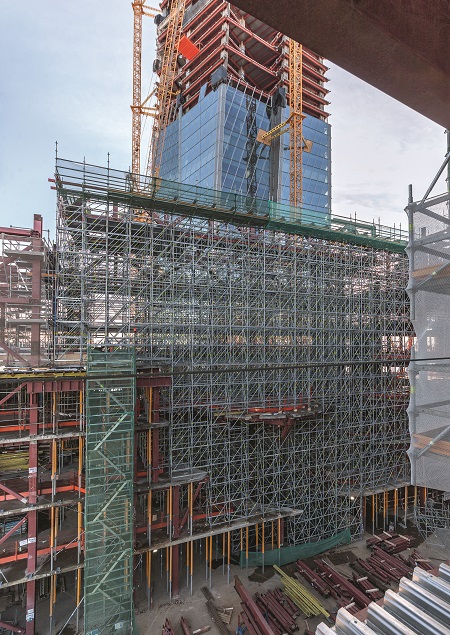 The multi-purpose building: striking architecture for versatile use
The multi-purpose building: striking architecture for versatile use
The complex design required, among other things, various shoring and working scaffolds along with safe access to all work areas. One particular challenge was the realization of a load-bearing scaffold for temporary transferring loads from three steel lattice girders with spans of 36 m, each weighing 110 t.
PERI planned and supplied a wide range of solutions – mainly based on PERI UP Flex Modular Scaffolding. The shoring constructions were assembled featuring heights up to 33 m and could accommodate leg loads of up to 45 kN. In addition, mobile access platforms were positioned on the support structures for allowing easy and fast assembly of the steel girders. Multiple rows of SRU Walers ensured uniform load distribution in both longitudinal and transverse directions. In order to be able to reliably and safely transfer the particularly high loads through the heavy-duty shoring on the storey slabs, special back propping was also arranged in several floors using MULTIPROP and PEP Props. Last but not least, the modular scaffolding complete with a number of PERI UP Stair Towers along the outside edge of the building ensured safe access to all working areas.


